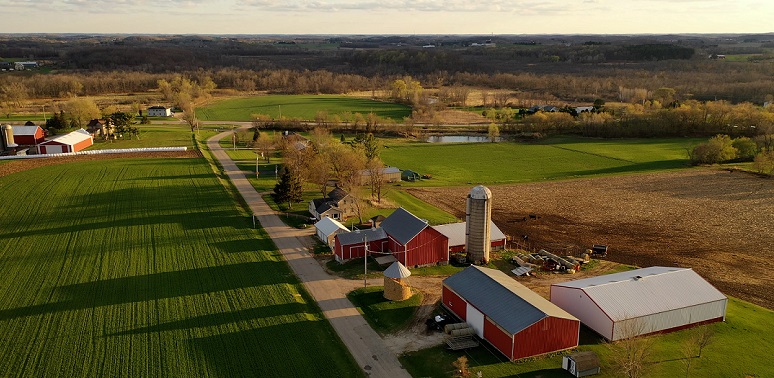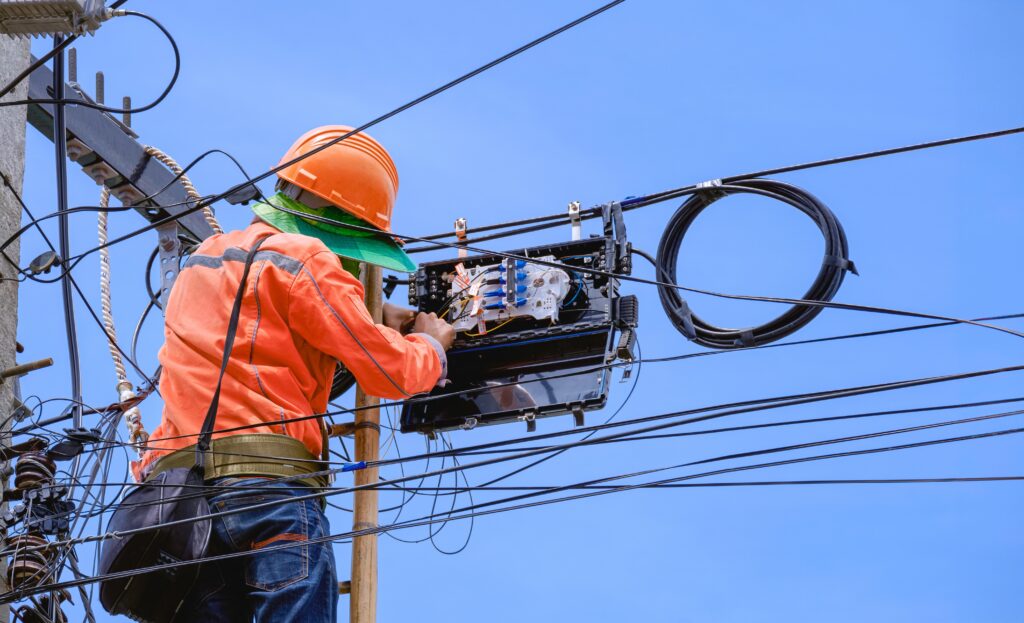With numerous programs and unprecedented funding now focused on building broadband networks in unconnected rural American communities, it is more important than ever that our collective efforts demand efficiency and coordination in delivering broadband dollars to those areas that need the most support.
This is why this week’s Senate Agriculture Committee hearing is so important, and recent legislation – The Rural Internet Improvement Act that reforms the USDA Reconnect Program – should be acted on swiftly to require more efficient use of government resources and to promote greater coordination among programs focused on closing the digital divide in rural America.
What Policymakers Can Learn from Rural Builder Midco
Midco is a leader in the rural broadband industry serving over 490,000 homes and businesses across South Dakota, North Dakota, Minnesota, Kansas, and Wisconsin. The company has invested over $765 million in private capital in the last six years to extend and upgrade its fiber network – in places like Hartford, South Dakota – despite some of its communities housing less than 100 people.
At Wednesday’s hearing, Midco will share its experiences connecting the Midwest and discuss challenges and solutions facing rural broadband deployment. While many communities in Midco’s footprint have been uneconomical to service without federal assistance, the ISP has utilized local and state funding sources and private investment to expand its networks and deliver high-speed internet to many areas that would otherwise have been unconnected.
ReConnect Program Improvements Desperately Needed
Midco’s years of experience navigating broadband funding programs can help policymakers understand how these programs impact broadband delivery to rural Americans and how these programs can be improved to promote participation by experienced providers.
Some of the current problems include:
- The insufficient focus on directing funds to genuinely unserved areas wastes government resources and encourages overbuilding in areas already burdened by challenging economics.
- Legacy application requirements for certain experienced businesses that discourage participation by companies.
- The lack of sufficient coordination between the many agencies giving out broadband funding, which can lead to overbuilding and forum shopping.
- The lack of flexibility in program speed thresholds to permit alternative platform solutions like fixed wireless to be used when the per-household costs of a terrestrial fiber solution may be cost-prohibitive.
A Corrective Approach
The Rural Internet Improvement Act, introduced by Senators Thune and Lujan, would correct the recent missteps of the ReConnect program and refocus broadband funding programs on improving rural access. The legislation should be an essential part of the broadband discussions for this year’s reauthorization of the Farm Bill.
The legislation would target funding to the neediest rural areas by:
- Require that at least 90% of households in a proposed service area lack broadband access.
- Prioritize applications in areas without 25/3 service.
- Update buildout speed requirements that would consider different technological solutions to connect hard-to-reach areas.
- Exclude funding in areas where providers have already been granted funding under another government program, unless used by the same provider for different expenses or to achieve expedited deployment milestones.
- Simplify the application process.
- Establish better communication between federal agencies to ensure transparency and avoid duplication of funding.
Reforming the ReConnect program will incentivize more participation by broadband providers so that every rural community can be connected. This goal can only be accomplished by getting these critical government programs right and ensuring the proper guardrails are in place.









